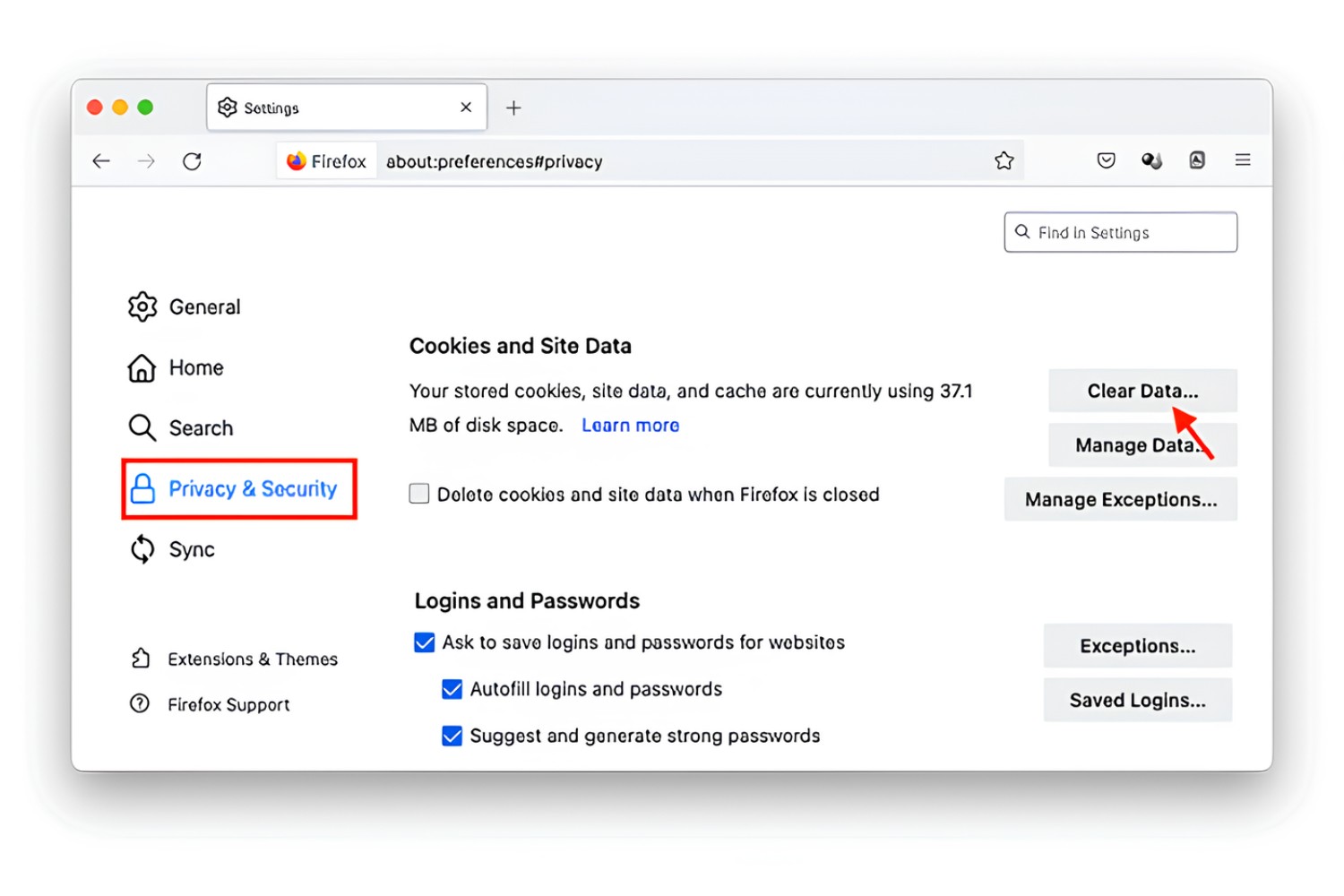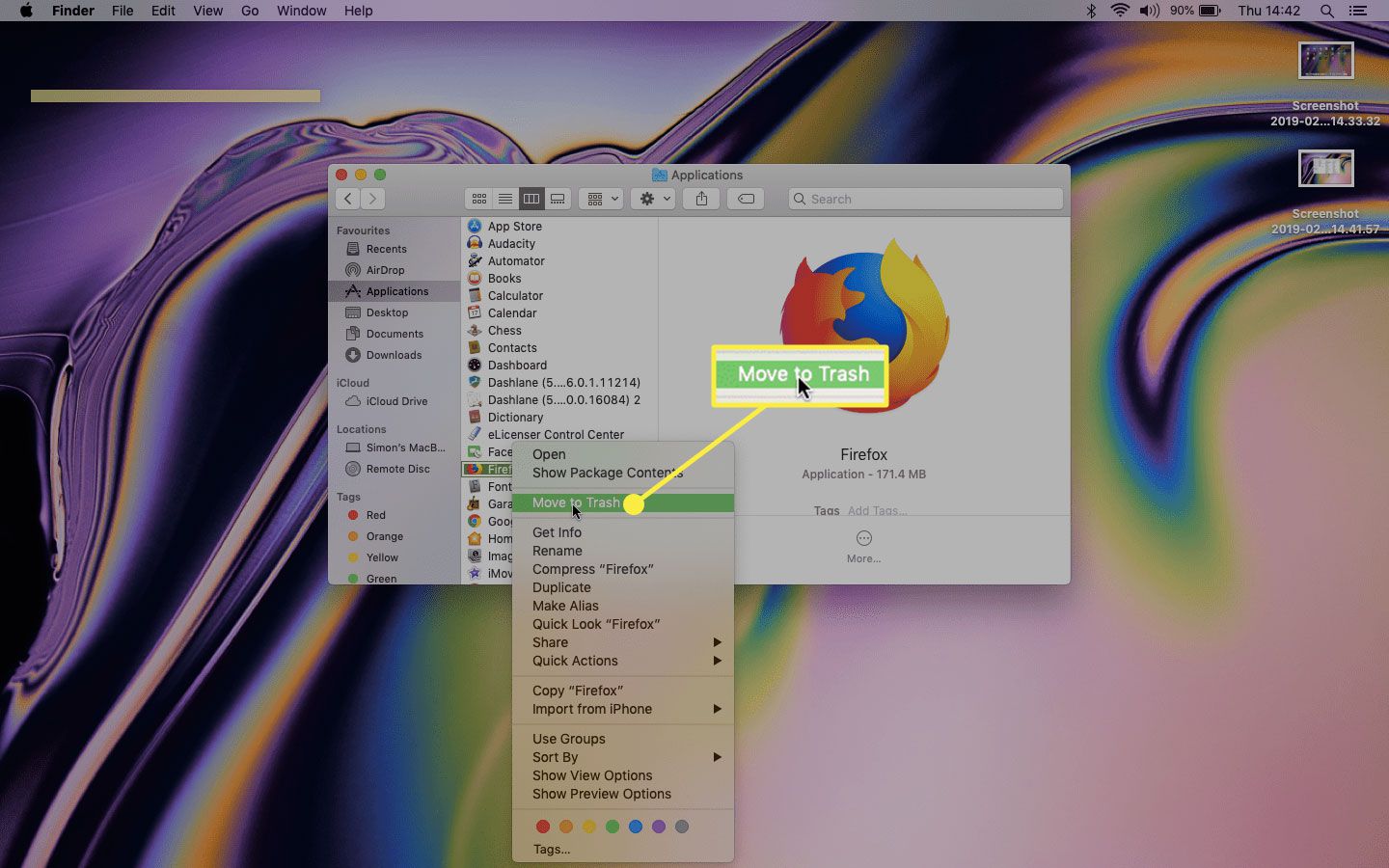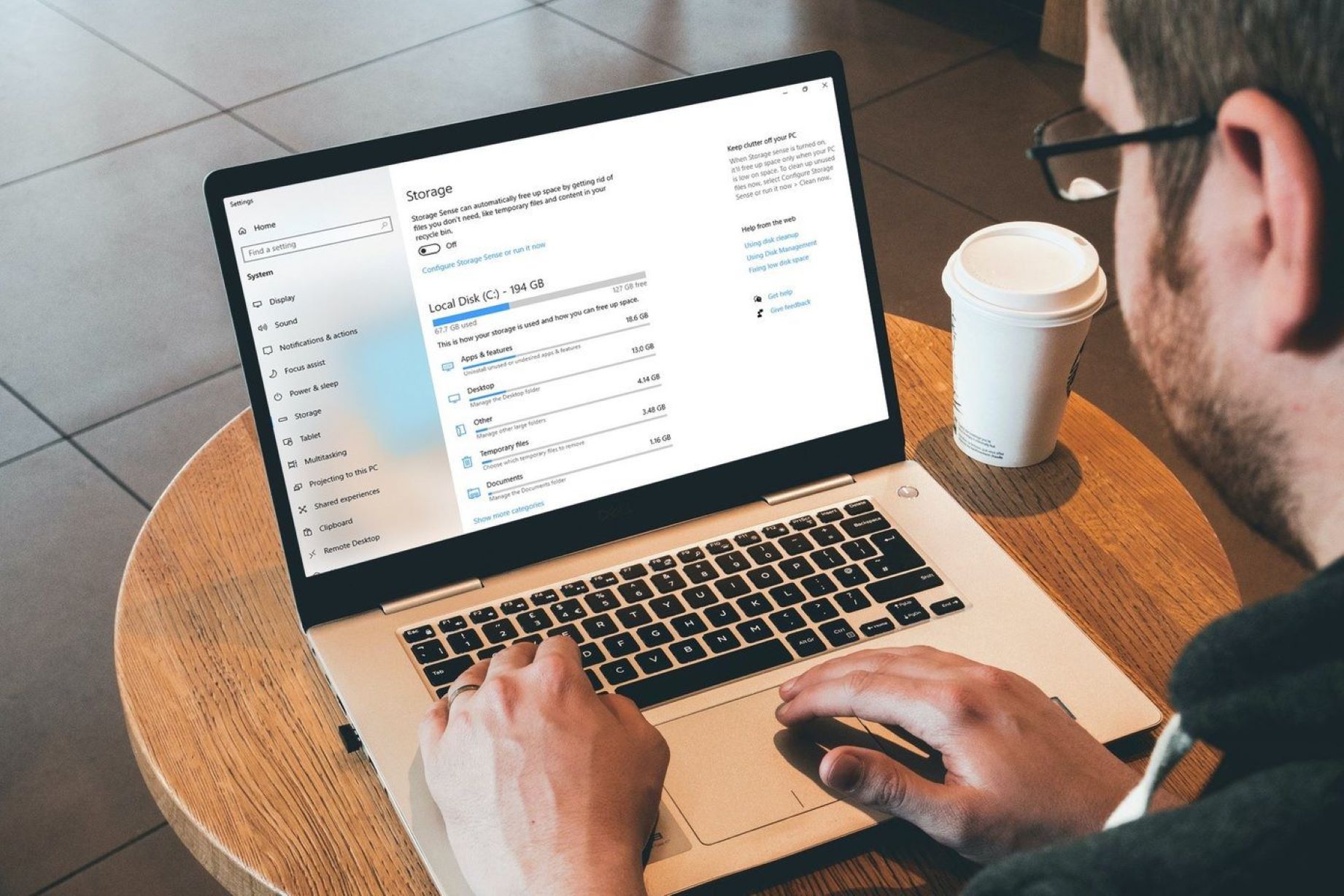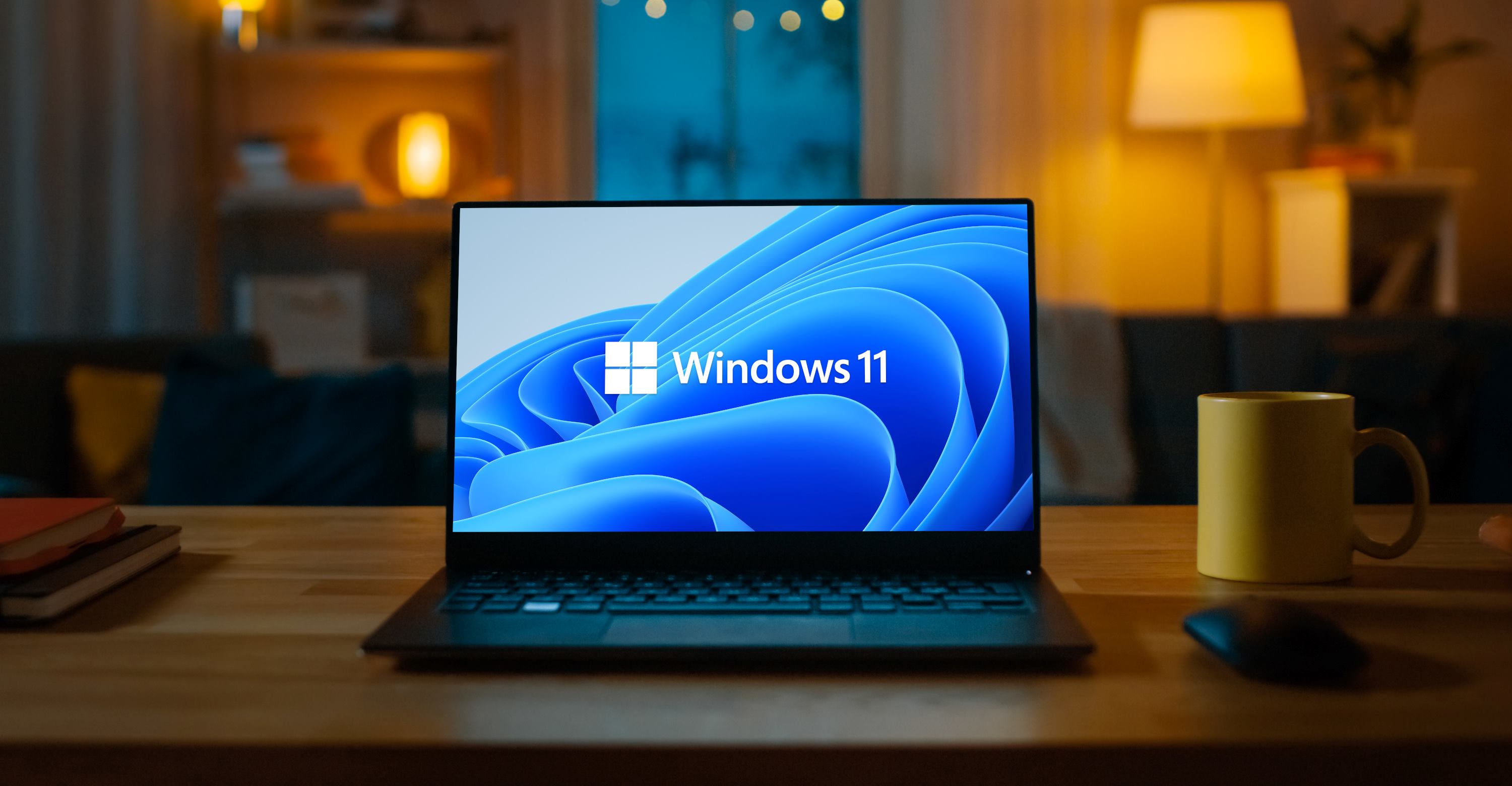Introduction
When browsing the web, your browser stores various types of data to improve your online experience. This includes temporary internet files, also known as cache, which are used to load web pages more quickly upon revisiting them. While this feature enhances browsing speed, it can also lead to privacy concerns and potential performance issues over time. Therefore, knowing how to delete temporary internet files in Firefox is essential for maintaining your browser's efficiency and safeguarding your privacy.
In this article, we will delve into the process of clearing temporary internet files in Firefox, providing you with step-by-step guidance to ensure a seamless browsing experience. Whether you are troubleshooting browser issues, seeking to free up storage space, or simply prioritizing your online privacy, understanding how to manage temporary internet files is a valuable skill for any Firefox user.
By the end of this article, you will be equipped with the knowledge and confidence to navigate Firefox's settings and efficiently clear temporary internet files, empowering you to optimize your browsing experience and protect your digital footprint. Let's embark on this journey to enhance your Firefox proficiency and ensure a secure and efficient browsing environment.
Accessing the Options Menu
Accessing the Options Menu in Firefox is the first step towards managing your browser's settings, including the clearance of temporary internet files. The Options Menu serves as the control center for customizing various aspects of your browsing experience, offering a user-friendly interface for making adjustments to privacy, security, and performance settings.
To access the Options Menu, start by opening your Firefox browser. At the top-right corner of the browser window, you will find an icon consisting of three horizontal lines, symbolizing the menu. Click on this icon to reveal a dropdown menu, where you will find the "Options" button. Clicking on "Options" will direct you to the browser's settings page, where you can explore and modify a wide range of preferences to suit your browsing needs.
Alternatively, you can access the Options Menu by clicking on the "Tools" menu located in the top menu bar of the browser window. From the dropdown list, select "Options," which will lead you to the same settings page as mentioned earlier.
Upon accessing the Options Menu, you will be presented with a series of tabs on the left-hand side of the page, each representing a different category of settings. These tabs include "General," "Home," "Search," "Privacy & Security," "Extensions & Themes," "Language," "Network Settings," "Update," and "Firefox Account." To clear temporary internet files, we will focus on the "Privacy & Security" tab.
Click on the "Privacy & Security" tab to reveal a range of options related to your browsing privacy and security settings. Here, you will find the "Cookies and Site Data" section, which includes the option to clear cached web content, including temporary internet files. By clicking on the "Clear Data" button within this section, you can initiate the process of removing temporary internet files from your browser, thereby optimizing its performance and safeguarding your privacy.
Accessing the Options Menu in Firefox is a straightforward process that empowers users to take control of their browsing environment. By familiarizing yourself with this essential feature, you can efficiently manage your browser's settings and ensure a seamless and secure online experience.
Clearing Temporary Internet Files
Clearing temporary internet files, also known as cache, is a crucial maintenance task for Firefox users. These files, comprising images, scripts, and other web content, are stored locally to expedite the loading of frequently visited websites. However, over time, the accumulation of these files can consume valuable storage space and potentially impact browser performance. Therefore, knowing how to efficiently clear temporary internet files is essential for optimizing your browsing experience.
To initiate the process of clearing temporary internet files in Firefox, begin by accessing the Options Menu, as outlined in the previous section. Once within the "Privacy & Security" tab of the Options Menu, navigate to the "Cookies and Site Data" section. Here, you will find the option to clear cached web content, including temporary internet files.
Upon clicking the "Clear Data" button within the "Cookies and Site Data" section, a dialog box will appear, presenting you with the choice to clear specific types of data. Ensure that the "Cached Web Content" option is selected, indicating that you intend to clear temporary internet files. You may also choose to include other types of data, such as cookies and offline website data, based on your preferences.
After confirming your selection, click the "Clear" button to initiate the removal of the chosen data types, including the temporary internet files. Firefox will then proceed to clear the selected data, enhancing your browser's performance and freeing up valuable storage space.
It is important to note that clearing temporary internet files may result in slightly longer load times for web pages upon revisiting them, as the browser will need to re-download the cached content. However, this temporary inconvenience is outweighed by the benefits of improved browser performance and enhanced privacy.
By regularly clearing temporary internet files, you can ensure that your browsing experience remains smooth and efficient, while also prioritizing your digital privacy. This simple yet impactful maintenance task empowers you to take control of your browser's performance and storage utilization, contributing to a seamless and secure online experience.
Conclusion
In conclusion, understanding how to delete temporary internet files in Firefox is a valuable skill for any user seeking to optimize their browsing experience. By accessing the Options Menu and navigating to the "Privacy & Security" tab, users can efficiently clear cached web content, including temporary internet files, thereby enhancing browser performance and safeguarding their privacy.
Regularly clearing temporary internet files is essential for maintaining a seamless and secure browsing environment. This simple yet impactful maintenance task not only frees up valuable storage space but also contributes to improved browser performance. By removing outdated cached content, users can ensure that their browser operates efficiently, providing swift access to web pages while prioritizing digital privacy.
Furthermore, the process of clearing temporary internet files empowers users to take control of their browsing environment, aligning with their preferences and priorities. Whether troubleshooting browser issues, seeking to free up storage space, or prioritizing digital privacy, the ability to manage temporary internet files is a valuable asset for Firefox users.
By familiarizing themselves with the Options Menu and the process of clearing temporary internet files, users can navigate their browser's settings with confidence, ensuring that their online experience remains smooth and efficient. This knowledge enables users to proactively maintain their browser, contributing to a secure and optimized browsing environment.
In essence, the ability to delete temporary internet files in Firefox is a fundamental aspect of browser maintenance, aligning with the broader goal of optimizing the user's online experience. By incorporating this practice into their browsing routine, users can ensure that their browser operates at its best, delivering swift and secure access to web content while prioritizing privacy and performance.
In conclusion, mastering the process of clearing temporary internet files empowers users to take control of their browsing environment, contributing to a seamless and secure online experience.

























